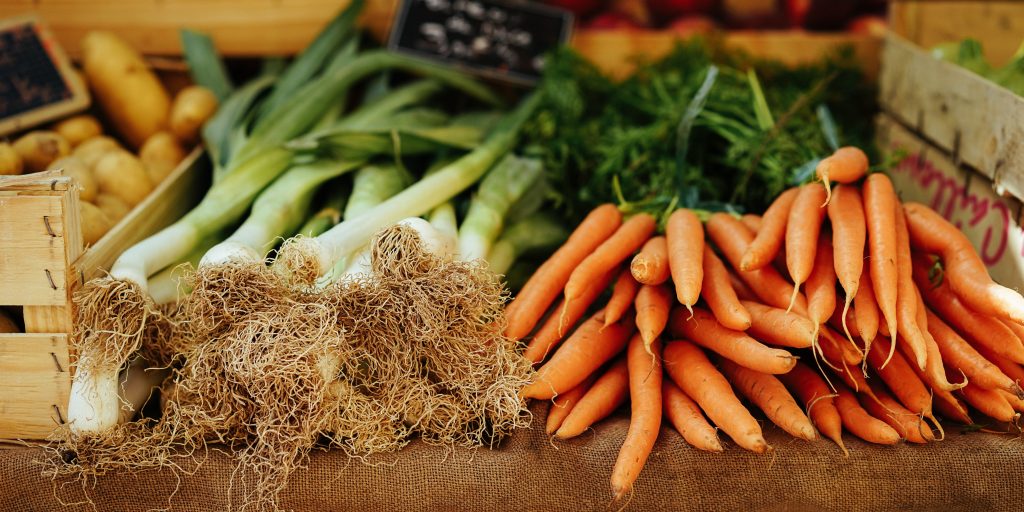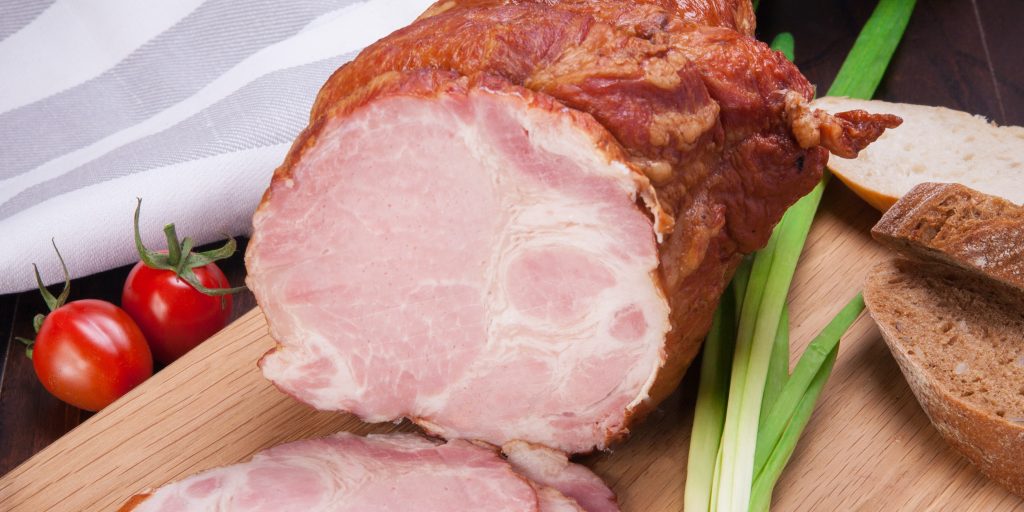
Why Should We Eliminate Food Waste?
We waste a lot of food in the US and around the world. Food losses occur during harvest, during transport to customers, and in professional and home kitchens everywhere. Food waste hurts our wallets and the environment.
The NRDC says that American families throw out approximately 25% of their food and beverages. That costs the average family of 4 annually $1,365 to $2,275.
In fact, we lose about 14% of all food worldwide. This includes on farm, transport, and retail losses as well.
Buying local from small farmers may help us to eliminate food waste because it takes less time for food to get to the table and there are less transport problems. As consumers, the best way to eliminate food waste is in our own kitchens.
In addition to wasting energy to produce the wasted food, likely your discarded food goes to landfills, rather than being recycled through composting. The food rots and produces methane, the second most common greenhouse gas.
The NRDC reports that the UK estimates that if food scraps were removed from landfills, the greenhouse gas reduction would be equal to removing 20% of cars from the UK roads.
Plan Your Meals to Eliminate Food Waste
To best eliminate food waste at home, you need to change how you plan your meals and how you shop. Planning meals means you won’t buy more than you need, and you will have a plan for using what you buy.
Start by planning a week’s worth of meals and make a grocery list. First check your fridge and cupboards to see what you already have. Cleaning out your fridge each week will help.
Plan out your meals around what is on sale or what is in season. That means looking at sales at the grocery, and shopping in season locally (when a glut of produce may mean cheaper prices). Buying cheaper foods and not wasting them means more money in your wallet.
If you subscribe to a CSA, find out what you are getting and plan to prep it when it arrives. Use the most perishable items first, and wash/peel/cut up things so you can easily access them as needed.
If you can’t use what you have, give it away, or make plans to preserve it. It’s easy and quick to freeze items for later use.
Pro Tips to Eliminate Food Waste
Audit yourself! When you clean out your fridge, write down what you waste and why. Look for patterns so you can better eliminate food waste.
Put your leftovers and prepped foods in clear containers so you can see what you have. Place things into your fridge in an organized manner so you can easily see ready to eat foods. Consider setting up a particular place in your fridge for leftovers.
Put a list on your fridge that lists your leftovers and prepped foods in order of how perishable they are. Take leftovers for lunch. Or designate certain nights as leftover nights.
If you don’t like eating leftovers, cook smaller meals. Or try transforming your leftovers. Start with a whole chicken for one meal, then use the leftovers in soups, sandwiches, or stir fries later.
If you tend to throw out food left on your plate, eat on smaller plates. Your waistline will thank you as well!
Finally, if you do have food that must be tossed, compost it rather than putting in the trash. If you have chickens, then feed it to them and get eggs out of it!
Eliminate Food Waste by Making Your Food Last
Learn more about how to store your produce to make sure you maximize how long it will last. Use a thermometer to check your fridge and freezer temperatures to make sure they are optimal.
Separate foods that produce ethylene gas from those that are sensitive to the gas. Bananas, avocados, tomatoes, cantaloupes, peaches, pears and green onions produce ethylene gas. Keep them away from potatoes, apples, leafy greens, berries, and peppers.
When you only need a bit of something in a can, put the rest of the can into a plastic bag. Lay it flat to freeze, so you can easily break off what you need for future recipes. This works great for tomato paste in my kitchen!
Go shopping more frequently for fresh produce. Buy less so it won’t go bad as quickly.
Take older fruits and vegetables and throw them into smoothies or other meals if they are too bruised or wilted to taste good fresh.
Use more of your produce! Put stalks of kale into smoothies. Peel and cut up stalks of broccoli. Eat skins and peels where appropriate. If you usually throw it out, see if it is edible and try it.
Also, the “use by” date or “best by” date does not mean your food is bad after those dates. The quality may decline, but the food should still be safe to eat.
Recipes to Eliminate Food Waste
I love making leftover stock! You can easily make it from leftover bones and vegetable scraps. Save your leftovers until you have enough for Chicken Stock or Vegetable Broth. I save peels and cores from many veggies in the freezer until I have enough for stock.
I haven’t tried them yet, but there are recipes out there for apple scrap vinegar and for jam from peach peels and pits!
I just made my first Watermelon Rind Pickles today using the rind from an amazing local yellow watermelon.
Try saving seeds from pumpkins, acorn and butternut squashes. You can roast them and eat them as a healthy snack.
Finally, try adding peels from apples, cucumbers, or citrus to your water for extra flavor. You might try herbs or berry tops as well.
The key to eliminate food waste is to change our habits. Changing how you handle your food can help you eat better, save money, and help out the environment all at once!





